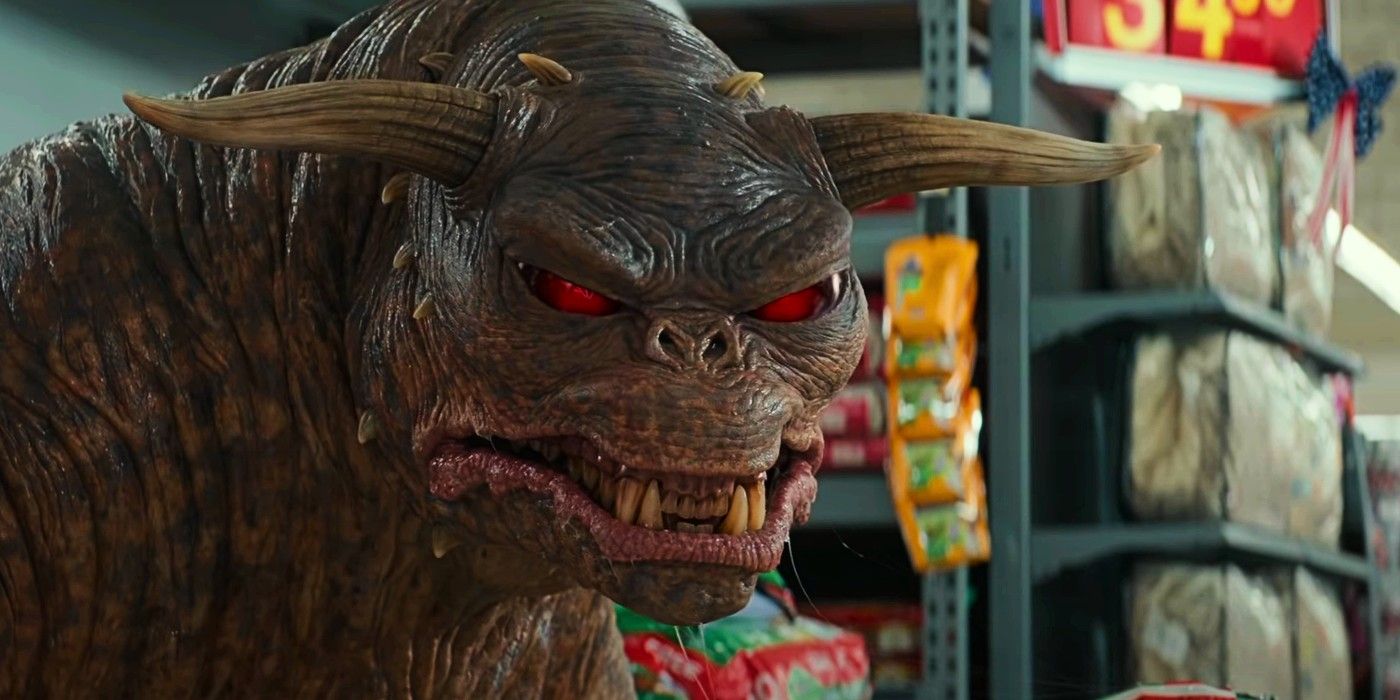A member of the special effects team from Ghostbusters: Afterlife shared a behind-the-scenes video of the Terror Dog being sculpted. Ghostbusters: Afterlife is the fourth film in the franchise overall and the third in the main series continuity. It was directed by Jason Reitman, the son of Ivan Reitman (who directed the first two films), and follows the grandchildren (Finn Wolfhard and Mckenna Grace) of Egon Spengler discovering the history of the Ghostbusters after their mother (Carrie Coon) inherits his isolated farmhouse. On the back of its nostalgic tendencies, Ghostbusters: Afterlife had a strong showing in the box office after its release on November 19, 2021.
One of the many legacy references that appear in the movie is the pair of Terror Dogs. The Terror Dog is a creature that was originally created for the very first Ghostbusters movie in 1984. It is the form taken by two servants of Gozer - the Gatekeeper Zuul and the Keymaster Vinz Clortho - after they possess a human victim. In the original film, the unwilling subjects were Rick Moranis and Sigourney Weaver, and in the new entry, those shoes were filled by Coon and Paul Rudd. The Terror Dogs play a major part in Afterlife's third act.
Make-up and prosthetics designer Arjen Tuiten took to Instagram to post a behind-the-scenes video of the team sculpting the Terror Dog from the film. The team was using WED clay, a common type of wet clay used in special effects filmmaking. The team was able to handcraft an incredible amount of detail, recreating the original design but subtly augmenting it with the additional detail that is able to be provided by modern technology. Check out the video below:
Click Here to View the Original Post
Ghostbusters: Afterlife isn't the first major nostalgia project that Tuiten has worked on. The artist previously helped bring the villain of Sleeping Beauty to life in the live-action Angelina Jolie project Maleficent for Disney, after doing similar work on Tim Burton's live-action Alice in Wonderland. Before that, he cut his teeth on several big projects including Guillermo del Toro's Pan's Labyrinth and Hellboy II: The Golden Army.
Ghostbusters: Afterlife was a very CGI-heavy film at the end of the day. However, it's exciting to learn that these talented designers were able to make physical creations to help bring the film to life. The art of special effects in the modern age requires a huge amount of effort from a team of experts in many different disciplines, so Afterlife is lucky to have a group of people so keenly invested in bringing classic designs like this to life in a respectful and accurate way.
Source: Arjen Tuiten

